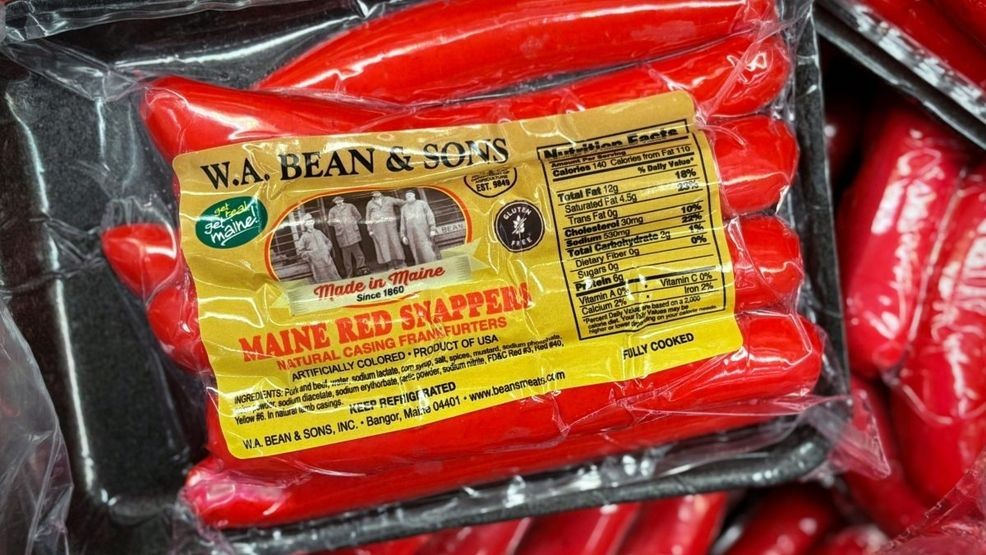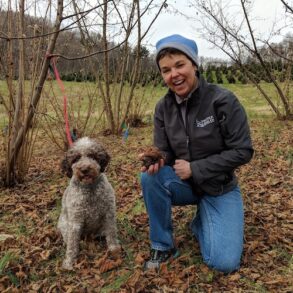
(BDN) — Maine’s last red snapper maker is changing the recipe for its iconic hot dogs after the U.S. Food and Drug Administration banned a key dye the company uses to give the sausages their distinctive color.
The FDA is banning the use of red dye No. 3 in foods, drinks and medications. The synthetic dye is often used to give products a bright, cherry-red color and was linked more than 30 years ago to cancer in animals.
In November 2022, roughly two dozen advocacy organizations and individuals filed a petition to ban the dye, according to the FDA.
W.A. Bean & Sons, the lone remaining Maine-based company that makes the bright hot dogs often called “red snappers,” uses red dye No. 3 along with red dye No. 40 and yellow dye No. 6, according to the package.
The company expected the FDA to eventually ban the ingredient, said Sean Smith, W.A. Bean & Sons’ sales director. Because of this, the business has been exploring ways to make red snappers without the artificial additive while keeping the color and taste identical, Smith said.
“We’ve done test batches already and we expect to have something ready very soon,” Smith said. “We’ve survived multiple world wars and depressions and our red hot dogs aren’t going anywhere.”
Smith declined to share further details on how the secret recipe for red hot dogs will change.
The FDA’s ban comes at a time when W.A. Bean & Sons is seeing sales of the iconic red snappers soar. The company now makes an estimated 650,000 to 700,000 pounds of red dogs annually, compared with the 400,000 pounds they made a decade ago, Smith previously told the Bangor Daily News.
The hot dogs are often called “red snappers” due to the thick casing that gives the sausages their distinctive “snap” when you bite into them. The product has joined the ranks of blueberries, lobster and whoopie pies as an iconic Maine food, despite other states having hot dogs with a similar hue or snappy consistency.
Food manufacturers have until Jan. 15, 2027, to stop using red dye No. 3 in products while drug manufacturers have until Jan. 18, 2028, according to the FDA. Other countries that allow the ingredient will have to comply with FDA rules if products are imported to the U.S.
W.A. Bean & Sons’ foresight is good news for Simones’ Hot Dog Stand in Lewiston, where red snappers have been a top-selling item throughout its 117-year history, according to owner Jim Simones.
“We’ve been in business since 1908 and we’re synonymous with the red dogs,” Simones said. “We sell beef dogs too, but red dogs are the most popular.”
When tourists stumble upon red hot dogs at Simones’ stand, they often question what gives them their glaring reddish-pink color. But, once customers try them, they usually find they like the sausages, Simones said.
“I tell them they’re just like our lobsters — when we put them in boiling water, they turn red,” Simones said.
Simones was pleased to hear W.A. Bean & Sons is finalizing a red hot dog recipe that doesn’t use the outlawed dye but will keep the product’s color the same.
“It’s unique to Maine,” he said of the snappers. “You can’t lose that red.”
This post was originally published on this site be sure to check out more of their content.













































